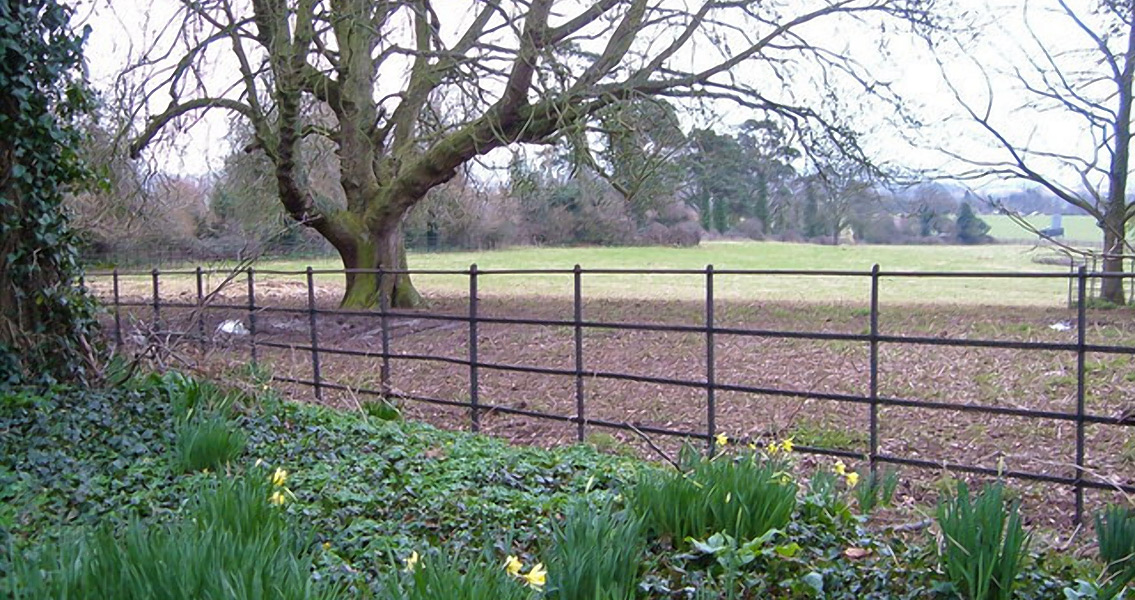<![CDATA[Preparation works for the construction of a new village near Exeter, in Redhayes, have revealed traces of ancient human presence in the area, possibly spanning from the Neolithic to the Middle Ages. So far, the team of ten archaeologists working at the site have discovered several trenches dating back to the Neolithic as well as furnaces and corn dryers, but the most exciting find is perhaps the 70 burials located at the site. The burials seem to date back to the thirteenth or fourteenth century, the BBC reports, and the reason they are so interesting is that there is no record of a church there, or a graveyard, Richard Greatorex, principal fieldwork manager for the project, told the BBC. What’s more, they are all individual burials, which would rule out the possibility of a mass grave following an epidemic such as the plague. "These burials are very rare because they're not in a graveyard, on consecrated ground which they would have been by this time during the thirteenth or fourteenth century," he explained. However, the dating of the burials is not yet determined conclusively and they might be older, dating to the late Roman period in Britain, or the Anglo-Saxon era that followed it, Greatorex told ITV news. Besides the burials, excavations revealed Bronze Age enclosures, one of which has particularly fascinated scientists, Heritage Daily reports, because it does not appear to have been used as a defensive structure or as delineation of a housing area. At the same time, however, the enclosure is too large to have been used for livestock. Located at the northern end of Tithebarn Green, it features a two-metre deep ditch and it is possible that it was a sort of adaptation of an even older, Neolithic, enclosure. There are also more recent ditches that have been dated to after the Middle Ages, which suggests the site has been in use for a very long time, a sort of a pocket of local order in time geography terms. The excavations were commissioned by the developer of the village project and are being carried out by Cotswold Archaeology. Initially, the researchers conducted a geophysical survey of the whole site of the future village, which spans 20 hectares, and the survey revealed potential locations of interest. Then they used excavators to uncover the trenches, removing a total of 21,000 cubic metres of soil, samples of which are now awaiting analysis. Some 900 samples have been taken from the burial ground and are expected to reveal traces of organic matter including bones and teeth, while another 300 samples were taken from the ancient furnaces in the hope of finding traces of grains that would help with more accurate dating of the structures. Commenting on the work, county archaeologist with the Devon County Council, Bill Horner, told Heritage Daily the aerial shots of the area had suggested there were signs of ancient human occupation of the place and now, following the initial dig, the traces from the late Roman and post-Roman era were of particular interest. All material findings from the excavation are planned to be put on public display next spring. ]]>
Mysterious Enclosures Found at Redhayes
